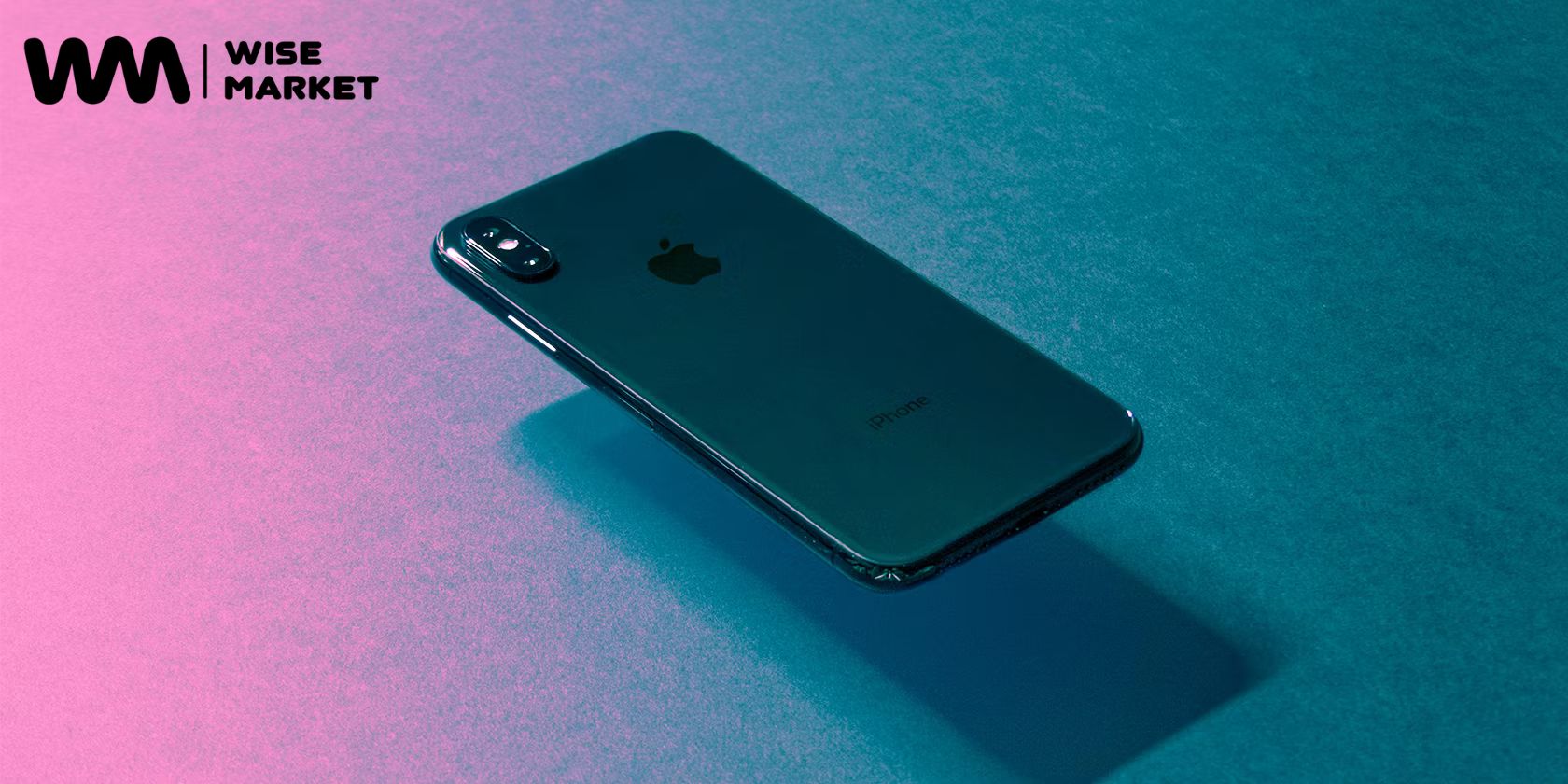The iPhone 10 Phenomenon
When Apple introduced the iPhone 10 (often referred to as the iPhone X) in 2017, it marked a significant milestone in the evolution of smartphones. Celebrating the 10th anniversary of the original iPhone, the iPhone 10 brought a host of groundbreaking features and design changes that set it apart from its predecessors. This article explores the incredible innovations and lesser-known facts about the iPhone 10, highlighting why it remains a pivotal device in Apple’s history.
Design and Display Innovations
The iPhone 10’s design was a radical departure from previous models. The most noticeable change was the edge-to-edge OLED display, which offered stunning visuals with vibrant colors and deep blacks. By eliminating the iconic home button, Apple maximized screen real estate and introduced a more immersive viewing experience. The use of durable glass on both the front and back, coupled with a stainless steel frame, provided a premium feel and improved durability.
Revolutionary Face ID Technology
One of the most significant advancements introduced with the iPhone 10 was Face ID. This facial recognition system uses a TrueDepth camera to map the user’s face in 3D, providing a secure and intuitive way to unlock the phone and authenticate purchases. Face ID offers several advantages over Touch ID, including improved security and the ability to work in various lighting conditions. This technology represents a major leap forward in biometric security.
Performance and the A11 Bionic Chip
At the heart of the iPhone 10 is the A11 Bionic chip, a powerhouse that delivers exceptional performance and efficiency. Featuring six cores (two high-performance and four high-efficiency), the Apple iPhones A11 Bionic is capable of handling demanding tasks with ease. Additionally, the chip includes a neural engine designed for machine learning and AI applications, enabling features like Face ID, Animoji, and augmented reality experiences. This chip ensures that the iPhone 10 remains responsive and capable even years after its release.
Camera Capabilities
The iPhone 10’s camera system is another area where it excels. It features a dual-camera setup with 12MP sensors, optical image stabilization, and a variety of shooting modes. Portrait Mode, which blurs the background to create professional-looking photos, was a standout feature. The cameras also support 4K video recording at 60 frames per second, allowing users to capture high-quality videos with ease. These capabilities make the iPhone 10 a favorite among photography enthusiasts.
Battery Life and Charging Features
Battery life is a critical consideration for any smartphone user, and the iPhone 10 delivers solid performance in this area. Thanks to the efficiency of the A11 Bionic chip and iOS optimizations, the iPhone 10 offers good battery life under normal usage conditions. One of the notable new features was the introduction of wireless charging, compatible with Qi-certified chargers. Additionally, the iPhone 10 supports fast charging, enabling users to recharge their devices quickly when needed.
Software Integration with iOS 11
The iPhone 10 launched with iOS 11, which was designed to take full advantage of the device’s advanced hardware. Key features of iOS 11 include a redesigned Control Center, improved multitasking, and augmented reality capabilities. The operating system’s seamless integration with the iPhone 10’s hardware ensures a smooth and responsive user experience. Regular updates from Apple continue to add new features and enhancements, keeping the device up-to-date with the latest software advancements.
Durability and Water Resistance
The iPhone 10 is designed to withstand everyday wear and tear, boasting an IP67 rating for water and dust resistance. This rating means the device can survive being submerged in up to one meter of water for 30 minutes. Apple conducted rigorous testing to ensure the iPhone 10 can handle real-world conditions, from accidental spills to exposure to dust. To maintain the device’s durability, users are advised to use protective cases and avoid exposing it to harsh environments.
Environmental Impact and Sustainability
Apple has long been committed to environmental sustainability, and the iPhone 10 reflects this ethos. The device is made with recyclable materials, including arsenic-free display glass and mercury-free LED backlighting. Apple also offers a recycling program that allows customers to trade in their old devices for recycling or refurbishing. The iPhone 10’s energy-efficient design helps reduce its overall environmental impact, making it a more eco-friendly choice for consumers.
Conclusion: The iPhone 10’s Lasting Legacy
The iPhone 10 stands as a testament to Apple’s commitment to innovation and excellence. Its groundbreaking design, advanced Face ID technology, powerful A11 Bionic chip, and exceptional camera capabilities set a new standard for smartphones. The iPhone 10 has influenced subsequent models and continues to be a relevant and highly regarded device. As technology evolves, the iPhone 10 remains a shining example of what a smartphone can achieve, offering users a wealth of features to explore and enjoy.

